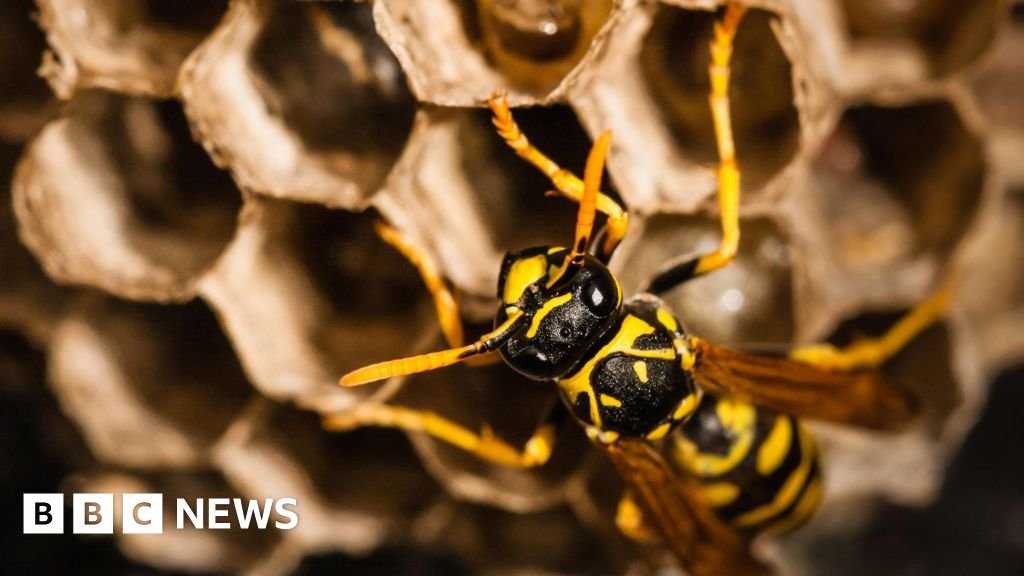
Radioactive garbage nest found on the Old US nuclear site
Ten times permitted by the rules, radioactive garbage nests were found in a facility with a radiation level that once created part for American nuclear weapons, Federal official SAID said.
Last week, the US Department of Energy Department said, “Sprayed for garbage for garbage, after which it was dropped as a radiological waste.” No trash was found on the site near Iken in South Carolina.
Investigators say that this contamination is not related to nuclear waste leakage and has no effect on “environment or public”.
Environmental groups have criticized the government for handling the situation.
On July 3, the workers who regularly inspected the nuclear radiation at the Savana River (SRS) near Icken were discovered.
It was found on a nearby post where billions of gallons of liquid molecules are stored, but there was no leakage from the garbage tanks, the report said.
The dangerous – the high level of the nest is called “onheat leggy radioactive contamination” – residual radioactivity while the site is actively creating parts for nuclear bomb during a cold war.
The site opened in the 50s of the 90s, when she was producing plutonium to use it in the nuclear bomb core. It is working today, but by focusing on nuclear content for power plants.
The energy department report states that the level of radiation will be significantly lower than the nest in the garbage in the nest.
It also mentions that the waste usually flies a few hundred feet from their nest, and the nest was found in the middle of the 310-four-mile Savana river-so they are very unlikely to fly out of the facility.
“No contamination was found in those areas,” the report states. “There was no effect on workers, environment or people,”
Watchtog Group Sachin River Site Site Watch said that many questions remain unanswered.
Spokeswoman Tom Clemaments told the Associated Press, “I was crazy as a hornet that the SRS did not explain where the radiation garbage came from, there was some kind of leakage from the garbage tanks,” spokesperson Tom Clemented told the Associated Press.
According to the Savana River Mission, the site once produced 165 million gallons (625 million liters) liquid molecular waste.
The underground tanks are still in use, while eight are closed.












Post Comment